Poznań's Historic Treasures Unveiled
Join us on a captivating free walking tour through Poznań, where history, culture, and vibrant architecture come together in an unforgettable experience.
Time
3 Hours
Stops
9 Places
Distance
2.3 km
Old Market Square (Stary Rynek)
Start your journey at the heart of Poznań, where the vibrant Old Market Square showcases its colorful merchant houses and the iconic Town Hall, a perfect introduction to the city's rich history.
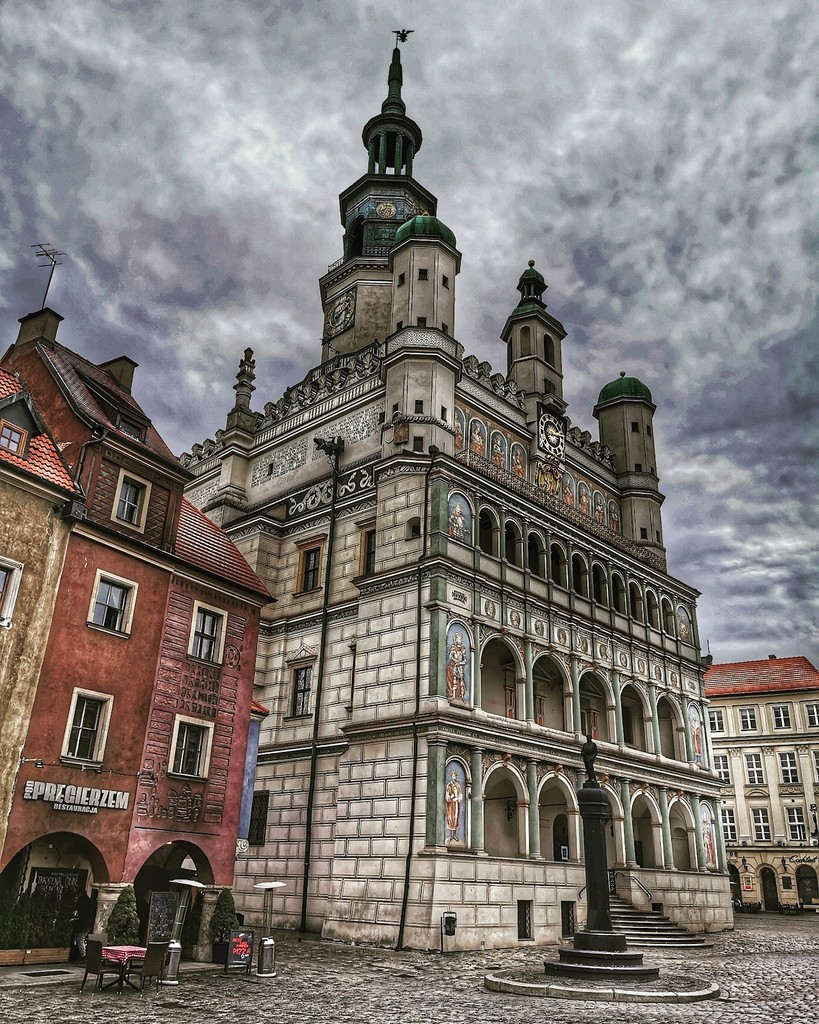
Old Market Square (Stary Rynek) (Source: Google Maps)
Old Market Square, known as Stary Rynek, is the vibrant heart of Poznań, showcasing colorful merchant houses and the iconic Town Hall. This historic square has been a focal point for trade since the Middle Ages, reflecting the city’s rich economic and cultural history. The square is surrounded by beautifully preserved Renaissance-style buildings, each telling a story of Poznań’s past. The Town Hall, with its striking clock tower and mechanical goats, is a symbol of the city and attracts visitors with its daily noon show. The square is not just a historical site but also a lively gathering place, filled with cafes and shops, making it a perfect starting point for exploring Poznań.
Parish Church of St. Stanislaus (Fara Church)
Just a short stroll from the Town Hall, this Baroque church stands as a testament to Poznań's religious heritage, with its stunning interiors and ornate decorations.
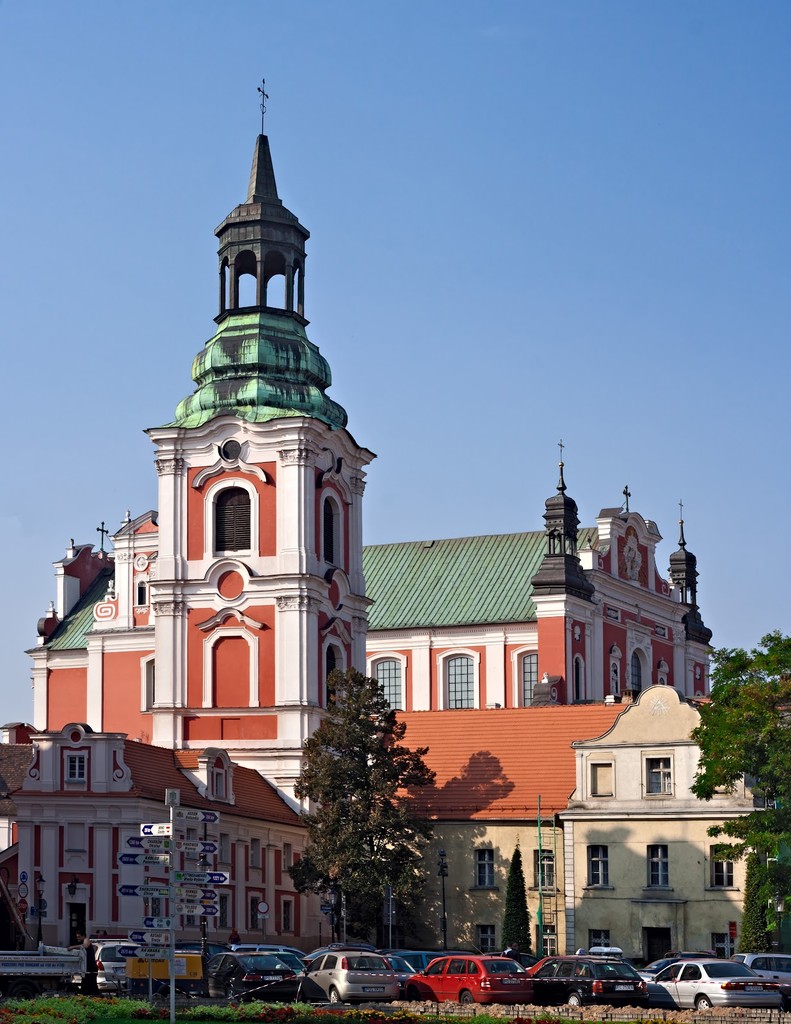
Parish Church of St. Stanislaus (Fara Church) (Source: Google Maps)
The Parish Church of St. Stanislaus, also known as Fara Church, is a stunning example of Baroque architecture in Poznań. Built in the 18th century, it features an ornate interior adorned with elaborate frescoes, intricate altars, and a remarkable organ. This church is significant not only for its architectural beauty but also for its role in the religious life of the city. It has been a center of worship and community gathering for centuries, reflecting the deep-rooted Catholic traditions of Poznań. Its impressive facade and majestic towers make it a standout landmark, attracting both locals and tourists alike.
Poznań Town Hall (Ratusz)
Situated within the Old Market Square, this Renaissance masterpiece is famous for its mechanical goats that butt heads daily at noon, symbolizing the city's playful spirit.
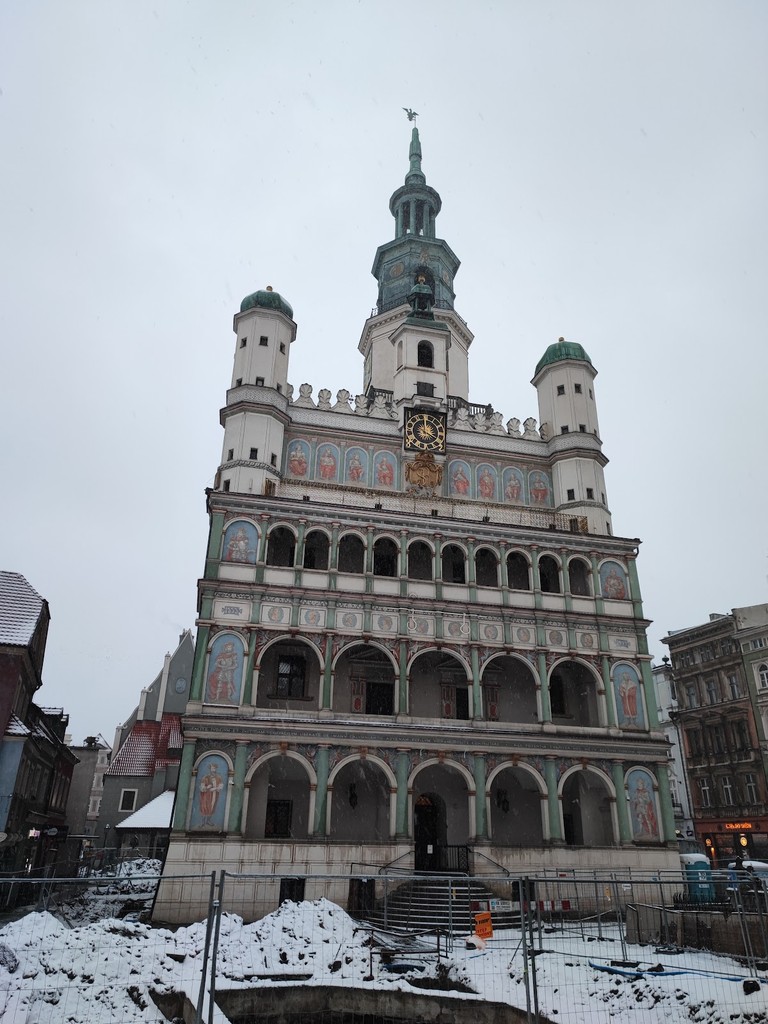
Poznań Town Hall (Ratusz) (Source: Google Maps)
Poznań Town Hall, located in the Old Market Square, is a remarkable Renaissance building that serves as a testament to the city's architectural heritage. Constructed in the 16th century, it is famous for its mechanical goats that butt heads at noon, a quirky tradition that symbolizes Poznań's playful spirit. The Town Hall houses the Historical Museum of Poznań, where visitors can explore exhibitions detailing the city’s rich history and cultural evolution. Its grand façade, adorned with statues and a prominent clock tower, enhances the square's charm and is a must-see for anyone visiting Poznań.
Royal Castle (Zamek Królewski)
Continuing your walk, explore the Royal Castle, a reconstructed symbol of Polish royalty offering insight into the city's regal past and amazing views from its tower.
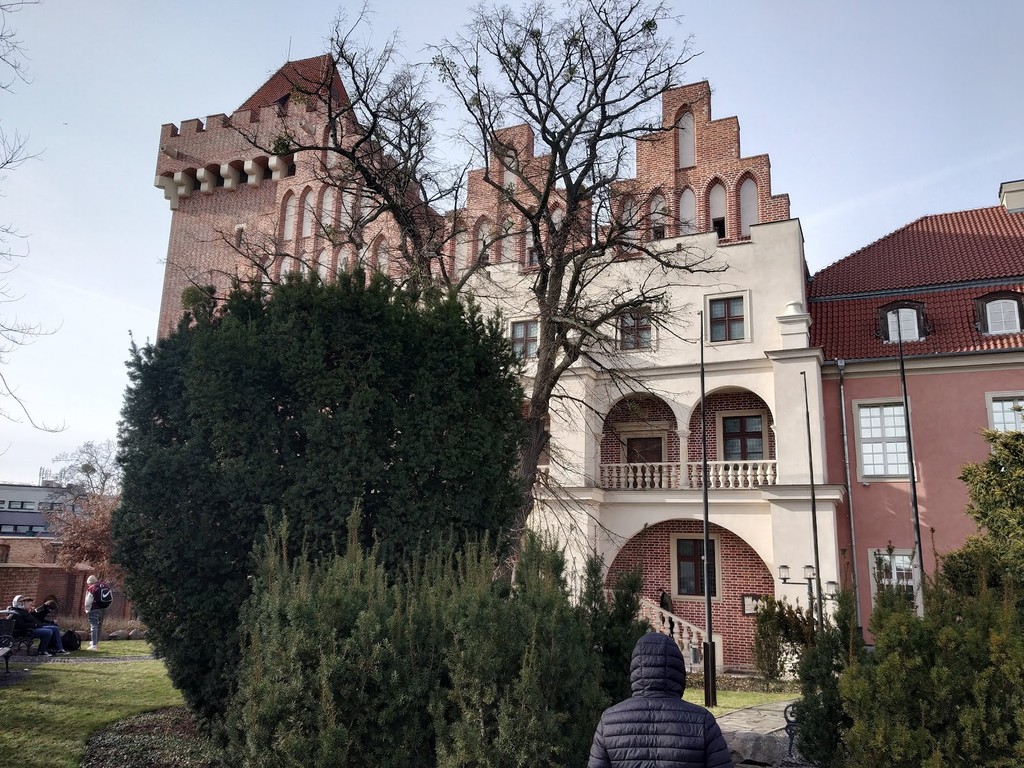
Royal Castle (Zamek Królewski) (Source: Google Maps)
The Royal Castle, or Zamek Królewski, stands as a proud symbol of Polish royalty in Poznań. Originally built in the 13th century, it has undergone numerous reconstructions, with the most significant being after its destruction during World War II. The castle now serves as a museum, showcasing royal artifacts and offering insights into the city’s regal past. Visitors can explore its beautifully restored rooms and enjoy panoramic views from its tower. The castle’s architecture reflects various historical styles, making it a fascinating study of Poznań’s architectural evolution and its importance in Polish history.
Museum of Applied Arts
Located within the Royal Castle, this museum offers a diverse collection of decorative arts, showcasing both historical and contemporary exhibits that highlight Poznań's artistic flair.
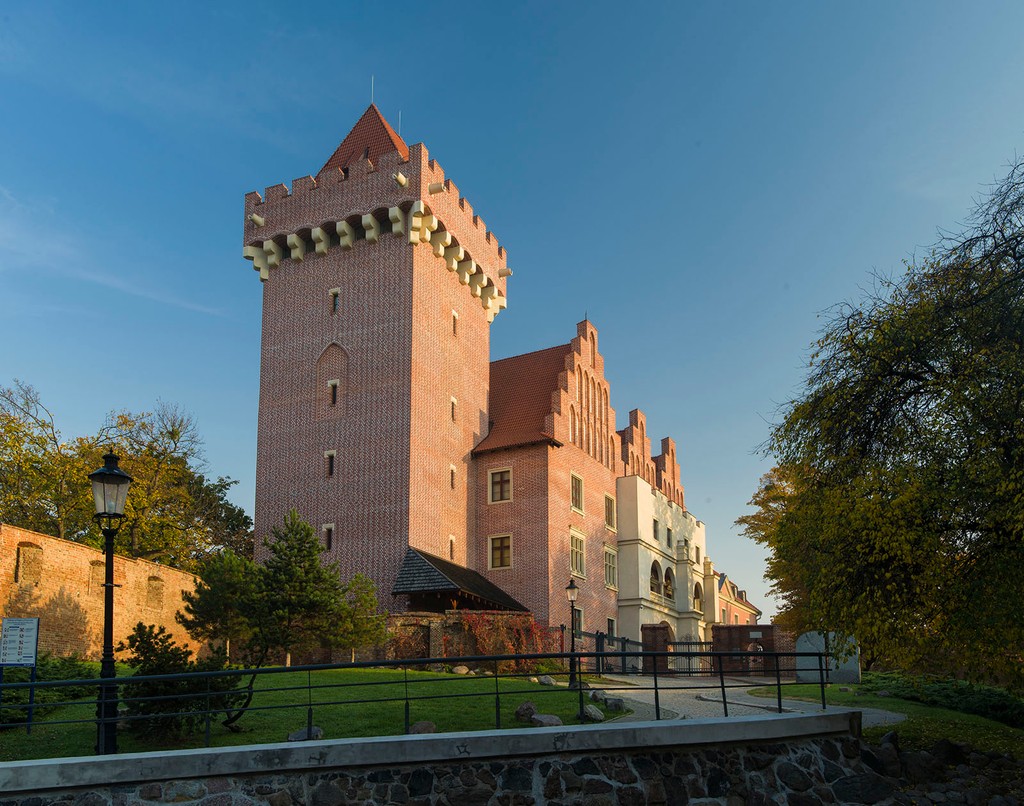
Museum of Applied Arts (Source: Google Maps)
Housed within the Royal Castle, the Museum of Applied Arts is a treasure trove of decorative arts and design. This museum features a diverse collection that spans from historical artifacts to contemporary works, highlighting Poznań's artistic heritage. Visitors can admire exquisite textiles, ceramics, and furniture, each piece telling a story of craftsmanship and creativity. The museum not only showcases the beauty of applied arts but also emphasizes their cultural significance in the region's history. It serves as a platform for exhibitions and educational programs, making it a vital part of Poznań’s cultural landscape.
National Museum in Poznań
A short walk from Freedom Square, this museum houses an extensive collection of Polish and European art, providing a deeper understanding of the region's cultural evolution.
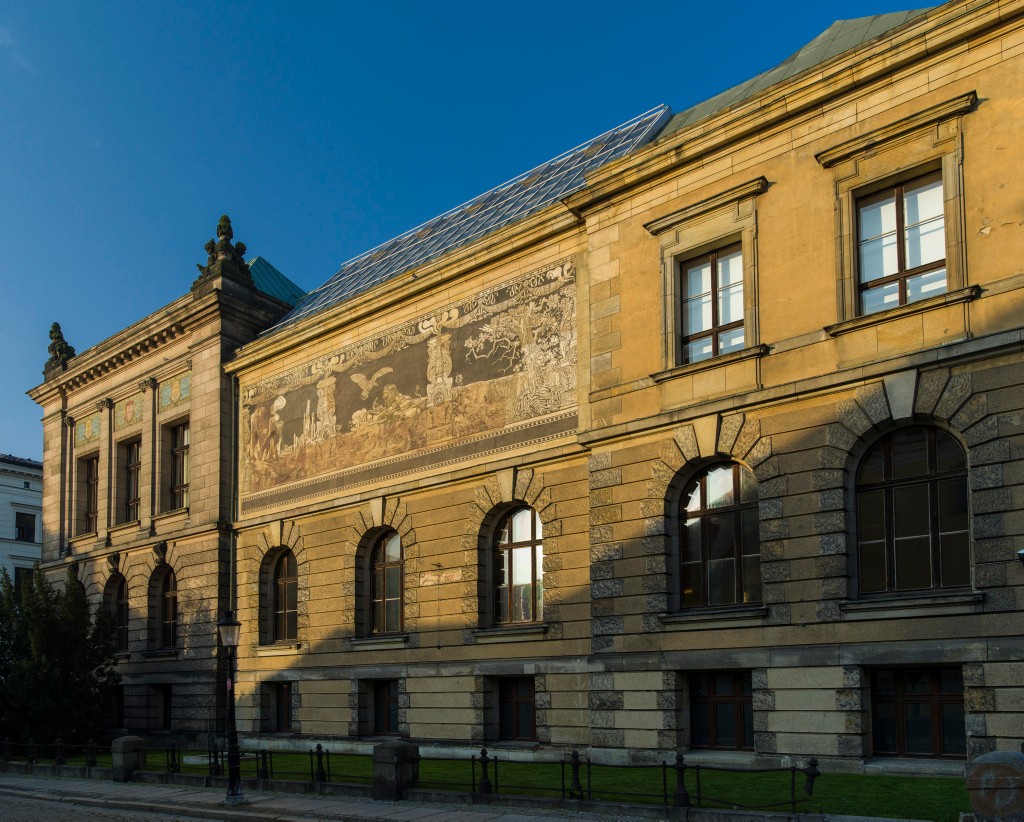
National Museum in Poznań (Source: Google Maps)
The National Museum in Poznań is one of Poland's oldest and most important cultural institutions, housing an extensive collection of Polish and European art. Established in the 19th century, it offers visitors a comprehensive insight into the region's artistic evolution, featuring works from the Middle Ages to contemporary art. The museum's diverse collection includes paintings, sculptures, and decorative arts, providing a rich tapestry of cultural heritage. Its galleries often host temporary exhibitions, lectures, and workshops, making it a dynamic space for art lovers and scholars alike.
Freedom Square (Plac Wolności)
Head towards Freedom Square, a significant historical site where modernity meets tradition, surrounded by important cultural institutions and a popular gathering place for locals.
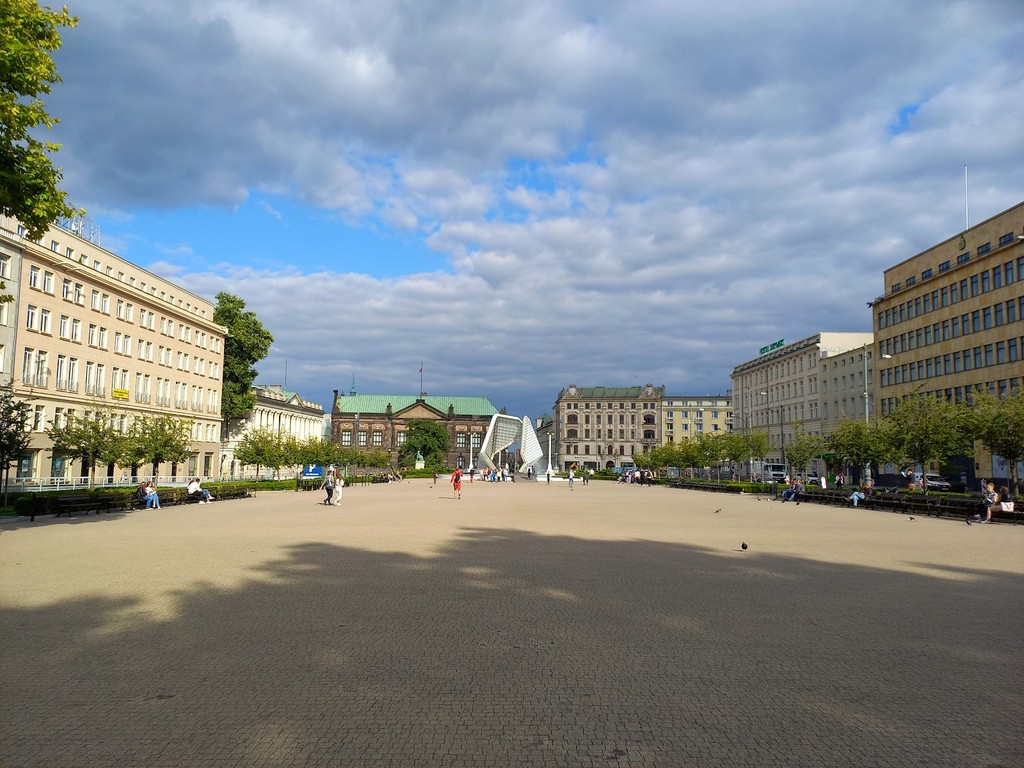
Freedom Square (Plac Wolności) (Source: Google Maps)
Freedom Square, or Plac Wolności, is a significant historical site in Poznań, representing the city’s journey towards modernity. Surrounded by important cultural institutions, this square serves as a vibrant gathering place for locals and tourists. It is a focal point for various events, including concerts and festivals, reflecting the community's spirit. The architecture surrounding the square showcases a blend of historical and contemporary styles, symbolizing the city's evolution. Freedom Square is not only a place of remembrance but also a hub of activity, embodying the dynamic essence of Poznań.
Imperial Castle (Zamek Cesarski)
As you proceed, visit the Imperial Castle, an architectural marvel with a blend of neo-Romanesque styles, reflecting Poznań's dynamic history and serving as a cultural hub today.
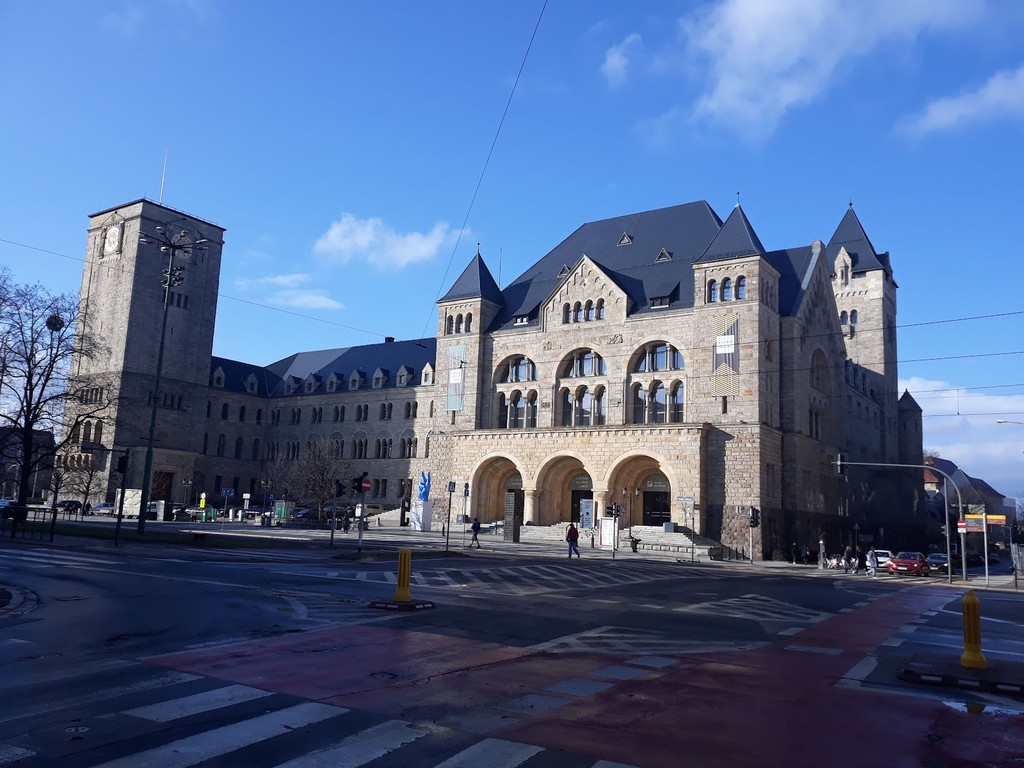
Imperial Castle (Zamek Cesarski) (Source: Google Maps)
The Imperial Castle, known as Zamek Cesarski, is an architectural marvel that exemplifies Poznań's rich history. Built in the early 20th century for the German Emperor, it combines neo-Romanesque styles with modernist elements. After World War I, it became a cultural hub, hosting various events and exhibitions. The castle's grand halls and lush gardens invite visitors to explore its historical significance. Today, it serves as a center for arts and culture, offering exhibitions, performances, and educational programs. The Imperial Castle stands as a testament to Poznań's dynamic past and its ongoing cultural vibrancy.
Adam Mickiewicz University
Conclude your tour with a visit to this prestigious university, renowned for its historical significance and beautiful campus, embodying Poznań's academic spirit.
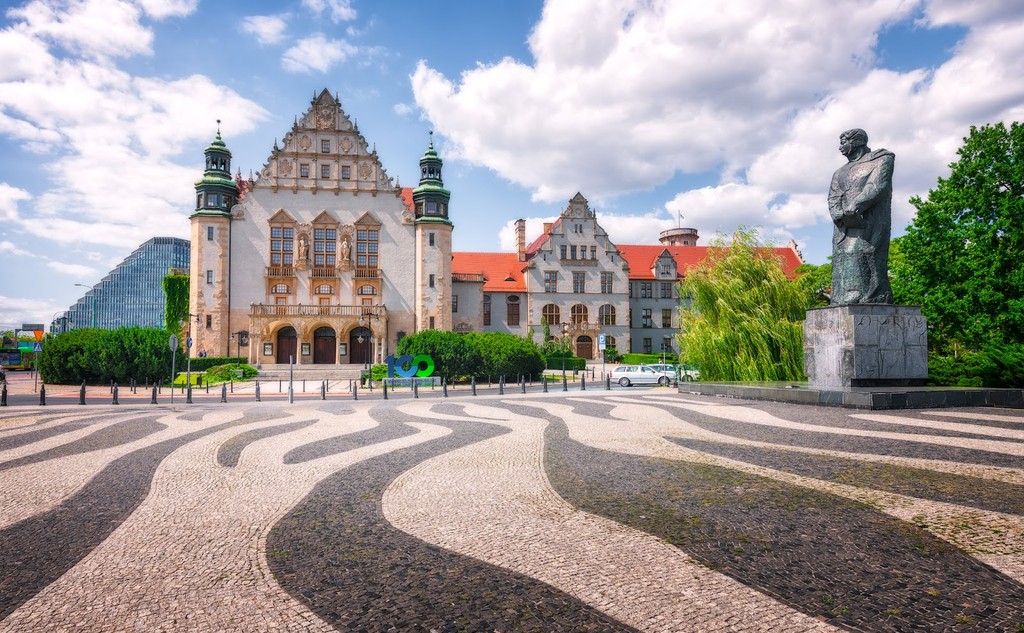
Adam Mickiewicz University (Source: Google Maps)
Adam Mickiewicz University, one of Poland's leading universities, is renowned for its historical significance and beautiful campus. Founded in 1919, it has become a prominent center for education and research in the region. The university’s architecture blends modern and historical styles, creating an inspiring environment for students and visitors. It is named after the famous Polish Romantic poet Adam Mickiewicz, reflecting the institution's commitment to cultural and academic excellence. The campus hosts various cultural events, lectures, and exhibitions, embodying Poznań's vibrant intellectual spirit.

Your travels, your rules.
Create your own Free Walking Tours.
Set your preferences, distances and anything you want to do or see.
Completely free, no payment required.